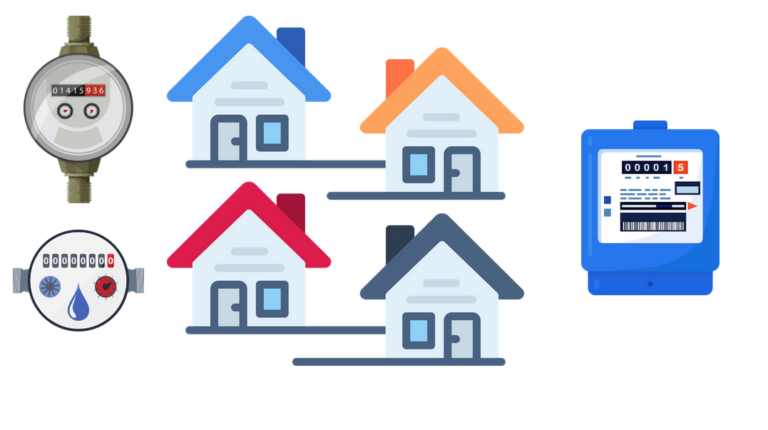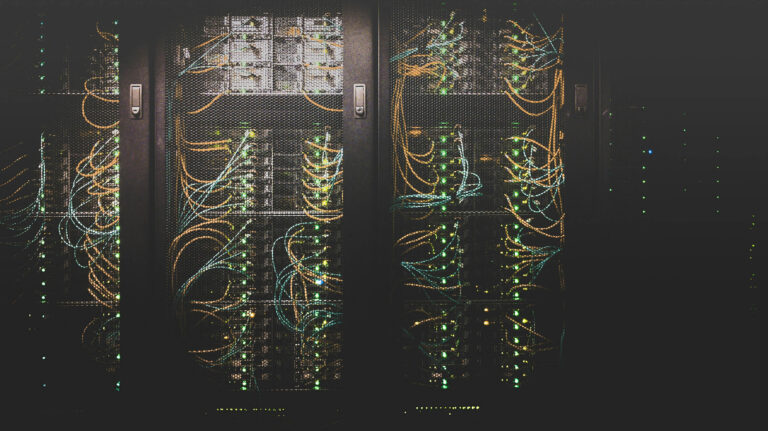Insulin. How GMOs save millions of lives

Insulin, an essential medicine for 4.6-9 million Russians, according to official data. For almost 50 years, thanks to genome editing technologies, it has been available to almost every diabetic. And allows them to live an almost normal life. However, this was not always the case. How did diabetics live before the advent of genetically engineered insulin? How was the solution to the drug shortage found and what journey has the technology gone through?
Insulin from the butcher shop
In 1921, young surgeon Frederick Banting and his assistant Charles Best figured out how to extract insulin from a dog's pancreas. Skeptical colleagues called the substance “thick brown mud,” but little did they know it would offer hope for millions of people with diabetes. Banting was not the first to look for the antidiabetic secretion of the pancreas – this was part of the emergence of endocrinology as a science – and even then there was evidence linking this organ to diabetes. Even the term “insulin” had been coined long before this, although the substance itself remained elusive. However, neither Banting, the practicing physician who presented his plan to the University of Toronto physiologist J. J. R. MacLeod, nor the medical student Charles Best, appointed by MacLeod to assist Banting, were experienced physiological researchers.
Using the resulting cloudy substance, Banting and Best were able to extend the life of another dog with severe diabetes by 70 days: the animal died only when the extract ran out. Beginning their experiments in May 1921, they obtained encouraging results by administering pancreatic extracts to diabetic animals. In December, McLeod invited visiting biochemist James B. Collip to join the team. It greatly improved the purity of the extracts, and by January 1922, clinical studies showed several indications of the extract's beneficial effects, including a decrease in patients' blood sugar levels. Interest in this work and requests for insulin began to grow even before Banting and Best's first publication in February 1922.
The group planned to expand the use of the extract to diabetics, but large-scale production in university laboratories proved problematic. The University of Toronto turned to the company for help Eli Lilly and Company from Indianapolis, whose representatives proposed cooperation after the team's presentation at a scientific conference in December 1921. By May 1922, the university and the company had entered into a cooperation agreement, and thanks to the company's engineering changes, production increased so much that by the end of the summer the research could be expanded to many clinics.

In January 1922, Leonard Thompson, a 14-year-old boy, was dying of diabetes in a Toronto hospital (Dr. Campbell's, Toronto General Hospital), became the first person to receive an insulin injection. Within 24 hours, his blood sugar levels, which had been dangerously high, dropped to near normal levels.

The news about insulin spread around the world like wildfire. In 1923, Banting and MacLeod received the Nobel Prize in Medicine, which they shared with Best and Collip.
Soon after, the medical company Eli Lilly began mass production of insulin. Later it became enough to supply all of North America.

In subsequent decades, manufacturers developed many slower-acting insulins, the first of which was introduced by Novo Nordisk Pharmaceuticals, Inc. in 1936.

Microbes to the rescue
But this method also had disadvantages, the most banal being the price. Humanity's need for tasty beef steaks and pork sausages indirectly satisfied the need for animal pancreas, from which insulin could be extracted. However, the pancreas is a fairly small organ, and is also present in the amount of one piece. And insulin by itself will not pour out of there; it must be extracted, observing the level of temperature and acidity of the environment, because insulin is still a protein, and a relatively delicate one, so caution is required. In addition, it was necessary not only not to destroy the substance, but also to purify it from other components contained in the pancreas, and even more so from pathogenic bacteria.

Together, this meant that insulin was much less available than it is today, and also that scaling up production was hampered by the amount of available recyclables from the meat industry. To give you an idea, the ratio of final product to raw material was approximately 1 to 8, requiring 3,600 kilograms of pancreas from 23,500 cows and pigs to produce just 450 kilograms of insulin. This volume would be enough for a year for 750 diabetic patients.
One solution to the problem has probably come to mind: if diabetics constantly need insulin, why not resort to transplantation? Unfortunately, everything is not so simple here, even if we take away the huge queues for donor organs, the need for compatibility, the need for immunosuppressive therapy and other variables – this simply would not help diabetics. One of the main causes of type 1 diabetes is an autoimmune reaction to the cells of your own pancreas. The same thing would happen with a healthy but already transplanted pancreas.
However, transplantation will still play a role in this story, fortunately for all diabetics, the surprise of all skeptics and the dissatisfaction of those who make money from fear of technology: people have learned to transplant genes.

In 1973, the first transgenic (modified) DNA and the first transgenic organism were created by Paul Berg, Herbert Boyer, Annie Chang and Stanley Cohen from Stanford University and the University of California at San Francisco – E. coli, aka E. coli, of course. . And already in 1975, at the “Conference in Asilomar”, issues of regulation and safe use of rDNA (recombinant DNA) technologies were discussed. Paradoxically, recombinant DNA methods for the development of agriculture and the creation of medicines took longer than expected by specialists of the time.
Fortunately, in 1978, this struggle was not yet as intense as it is now; the development of biotechnological drugs did not cost an average of a billion dollars and did not drag on for 10+ years.

Recombinant human insulin was first produced from E. coli by Genentech in 1978, using an approach that required the expression of chemically synthesized human chromosomal DNA encoding the A and B chains of insulin separately in E. coli. After independent expression, the two chains were purified and co-treated under special reaction conditions, which facilitated their joining into a complete insulin molecule through the formation of disulfide bonds.

Another approach uses the expression of a single chemically synthesized chromosomal DNA encoding human proinsulin in E. coli, followed by purification and subsequent removal of the C-peptide by proteolytic cleavage. This method is more efficient and convenient for large-scale production of therapeutic insulin than the two-chain combination method, and has been used commercially since 1986. Eli Lilly used this technology to produce Humulin, the first recombinant insulin approved in 1982 for the treatment of diabetics.
Our days

As you might guess, the production of insulin by bacteria has one significant drawback: it is not produced immediately, but in parts, in the form of two chains, which then need to be stitched together. But at the same time, it is produced immediately in the required form by human cells. What's the matter?
The thing is that humans are eukaryotes, and E. coli is a bacterium, and our mechanisms of protein expression are quite different. In the case of insulin, the most important thing for us is that we eukaryotes love post-translational modifications of the protein. Namely, the aforementioned disulfide bond, thanks to which the two chains are cross-linked to form insulin. Bacteria often don’t particularly like to bother with such things.
Therefore, since the 1980s, the most popular producer of transgenic insulin has been the eukaryotic organism Saccharomyces cerevisiae. In Russian, brewer's yeast. With only one difference: they added an identical, or modified for a greater degree of metabolization or speed of action, human gene that produces insulin.
However, science did not stop there: plants, other bacteria and eukaryotes were also used. New treatment methods are also being developed – gene therapy and immunotherapy for diabetes, which may eliminate the need for injections forever.





